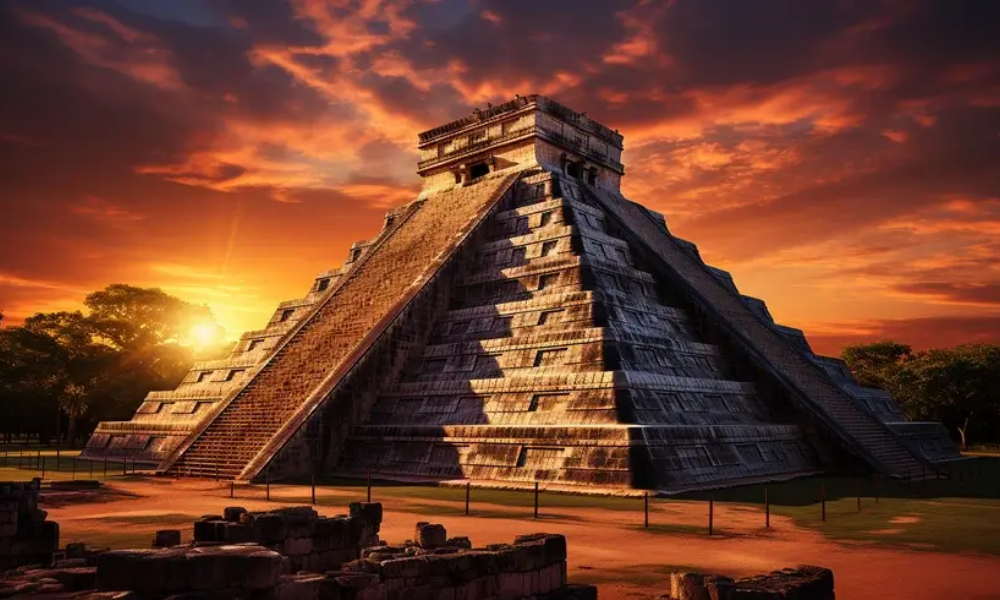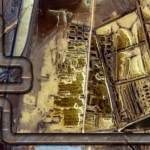Seven ancient cultures recognized for their remarkable engineering achievements are the Egyptians, known for the pyramids and irrigation; the Mesopotamians, builders of complex city planning, water systems, and irrigation canals; the Indus Valley Civilization, credited with sophisticated urban planning and water management; the Ancient Chinese, who engineered the Great Wall and complex canal systems; the Ancient Greeks, builders of impressive architecture and city infrastructure; the Ancient Romans, renowned for their aqueducts, roads, and monumental buildings like the Colosseum; and the Mesoamerican civilizations (including the Maya and Aztecs), who constructed large cities, pyramids, and intricate urban designs.
Engineering Achievements of Ancient Civilizations
Ancient Rome – Roads, Aqueducts, and Concrete
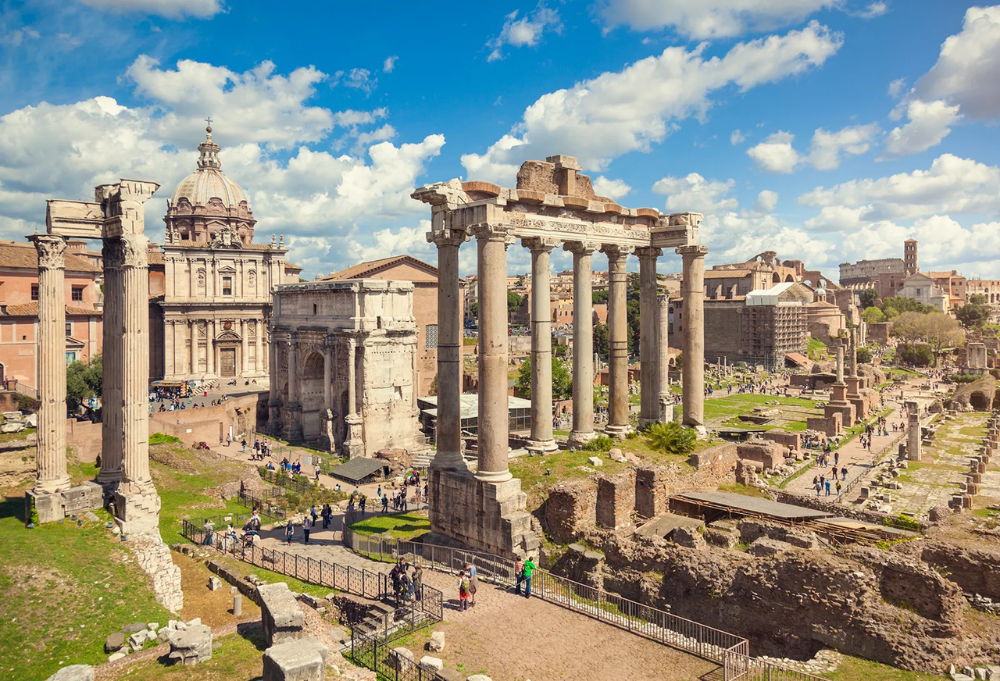
When Julius Caesar marched his legions across Europe, they carried more than swords—they carried Roman engineering. At its height, the empire spanned 2.5 million square miles, bound by over 50,000 miles of roads. Soldiers could march 20 miles a day, merchants transported olive oil and wine, and the phrase “All roads lead to Rome” became reality.
Aqueducts like the Pont du Gard, soaring 160 feet, supplied cities with water. By the 3rd century CE, Rome received nearly 200 million gallons daily, feeding baths, fountains, and homes. Public health and prosperity flourished.
Concrete tied it all together. Mixed with volcanic ash, lime, and seawater, it set even underwater. The Pantheon’s dome, spanning 143 feet, remains the world’s largest unreinforced concrete dome nearly two millennia later. Rome fell, but its roads, aqueducts, and monuments endure.
Ancient Egypt – Pyramids, Astronomy, and Irrigation
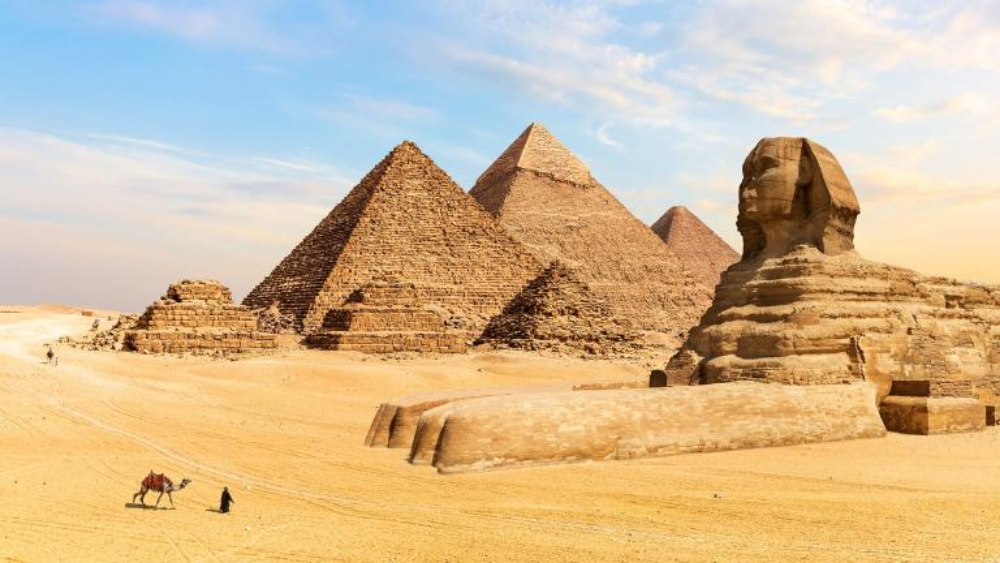
On the Giza plateau, around 2500 BCE, 2.3 million limestone blocks, each weighing up to 15 tons, rose skyward. The Great Pyramid of Khufu, at 481 feet, stood as the tallest structure in the world for over 3,800 years.
But these were not just tombs. The pyramids aligned with Orion’s Belt and cardinal points, evidence of Egypt’s mastery of astronomy. Temples, too, reflected cosmic order, blending religion with celestial science.
Life depended on the Nile. Its annual floods nourished Egypt, but predicting them required precision. The nilometer, a stone pillar carved with measurements, allowed priests to forecast water levels and guide taxation and farming. This ensured stability for a civilization lasting over 3,000 years.
Egypt’s legacy is not only stone but time itself, measured by the river, the stars, and the eternal rise of pyramids above the desert.
Indus Valley Civilization – Urban Planning and Sanitation
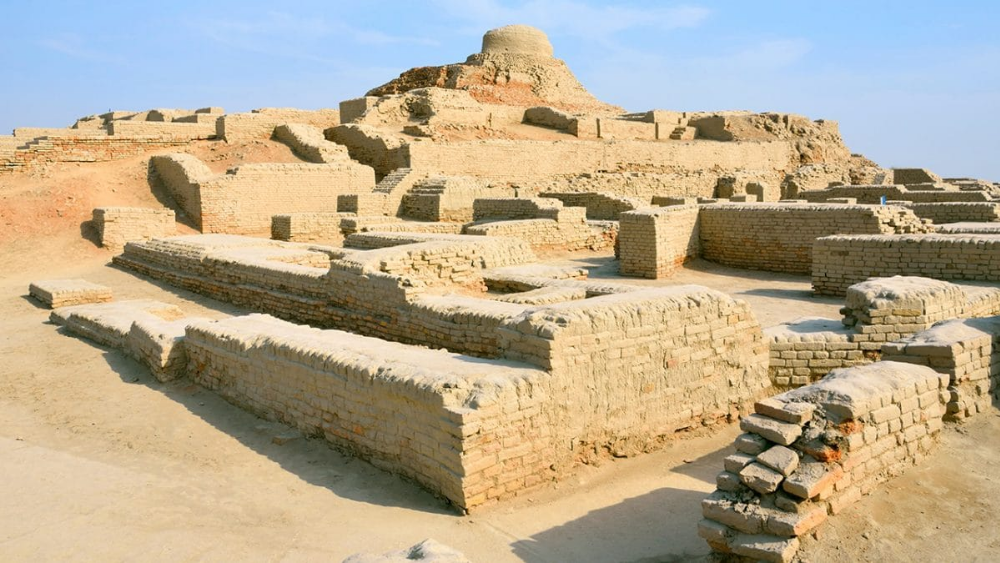
Around 2600 BCE, in cities like Mohenjo-Daro and Harappa, life was organized with a clarity the modern world still admires. Streets formed grids, houses used standardized bricks, and wells dotted neighborhoods.
Most striking was sanitation. Nearly every house had a bathing area connected to covered drains, which emptied into a complex municipal sewer. This level of hygiene, unseen in many later civilizations, reflected a concern for public health.
The Great Bath at Mohenjo-Daro, a waterproofed pool measuring 39 by 23 feet, may have hosted rituals but also symbolized civic life. Trade, too, thrived: seals and goods linked the Indus with Mesopotamia, suggesting an economy powered by urban planning.
Though their script remains undeciphered, the Indus left a silent message in bricks and drains: civilization flourishes where cities are clean, ordered, and connected.
Ancient China – Walls, Water Systems, and Metallurgy
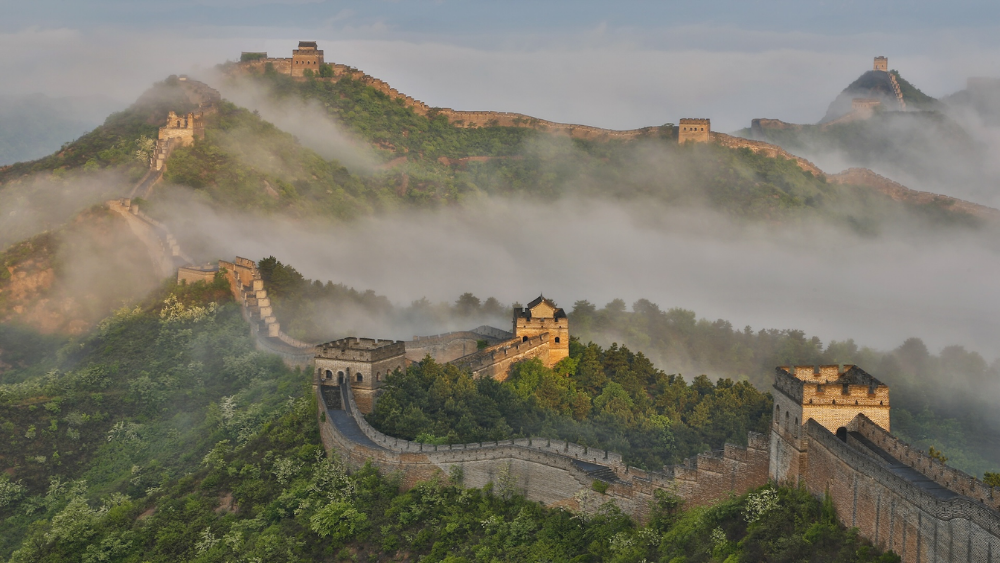
In the 3rd century BCE, Emperor Qin Shi Huang ordered the unification of walls into what would become the Great Wall of China. Stretching thousands of miles, built with rammed earth and stone, it symbolized defense, power, and unity.
Yet China’s genius extended to water. The Dujiangyan Irrigation System, built in 256 BCE, redirected the Minjiang River without a dam. Using channels and levees, it irrigated thousands of acres, sustaining Sichuan’s prosperity for over 2,000 years.
Metallurgy advanced alongside. The Shang dynasty (c. 1600 BCE) perfected bronze casting for ritual vessels, while the Han (206 BCE–220 CE) pioneered steel production. These innovations armed armies, enriched agriculture, and strengthened empire.
From walls guarding borders to canals feeding fields, China engineered resilience, ensuring dynasties could rise and endure.
Mesopotamia – Ziggurats, Canals, and Urban Growth
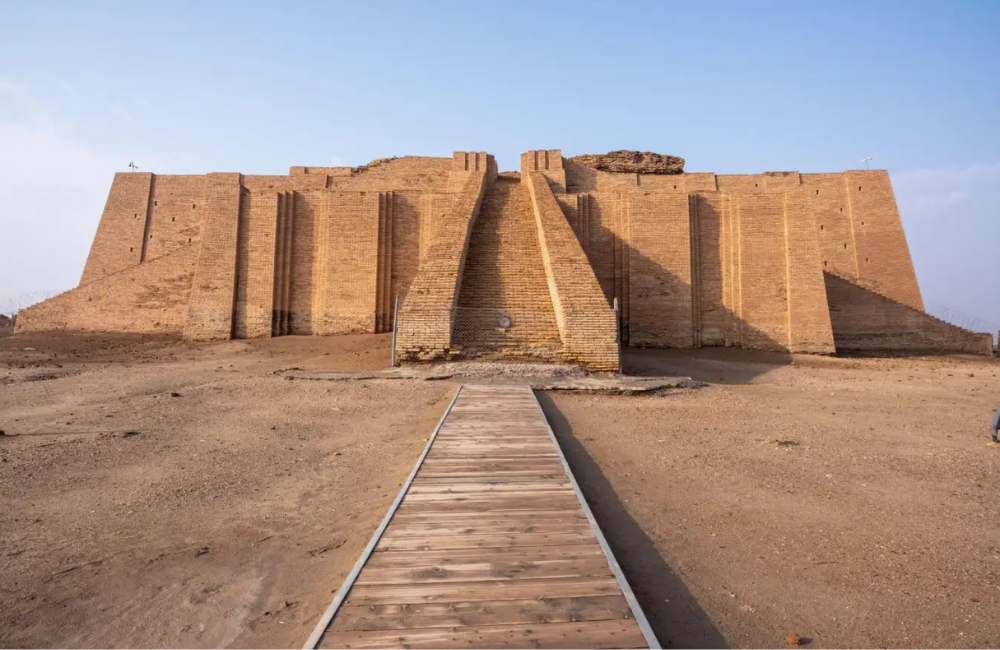
Between the Tigris and Euphrates, Mesopotamia became the “Cradle of Civilization.” Around 2100 BCE, King Ur-Nammu built the Ziggurat of Ur, a stepped temple rising 70 feet, symbolizing the bond between gods and people.
But engineering was practical too. Canals and reservoirs regulated the rivers’ floods, enabling agriculture in an unforgiving climate. These systems fed growing cities like Babylon, whose walls and temples impressed even foreign conquerors.
Mass-produced mud bricks built homes and palaces. Waste channels hinted at sanitation, while the invention of the potter’s wheel and the first writing system—cuneiform—showed how engineering and record-keeping intertwined.
Here, in Mesopotamia, humans first shaped rivers, raised cities, and wrote their legacy in both clay and stone.
Ancient Greece – Geometry, Mechanics, and Architecture
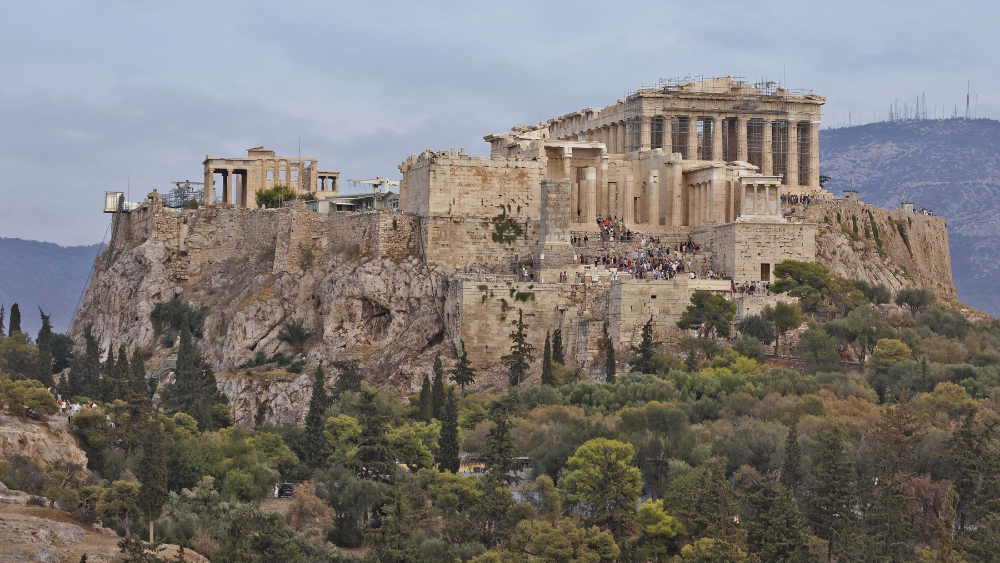
By 600 BCE, Greece was more than philosophy; it was geometry made stone. The Parthenon, built in 447 BCE, used subtle curves in its columns to correct optical illusions, achieving perfect visual symmetry.
Underground, the Tunnel of Eupalinos on Samos—over 1,000 meters long—was excavated from both ends using geometric principles. It became an aqueduct, a marvel of precision.
Then came Archimedes. In the 3rd century BCE, he devised the Archimedean screw, a water-lifting device still used today, and discovered buoyancy, reshaping mechanics.
Greek engineering was elegant, merging mathematics with beauty. Temples, tunnels, and machines all reflected a culture where art and science worked as one.
Maya Civilization – Pyramids, Astronomy, and City Planning
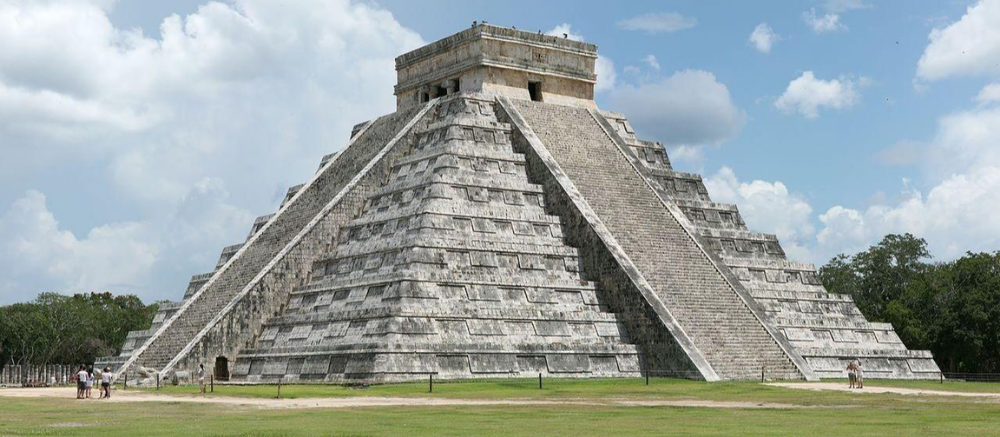
In the jungles of Guatemala, the La Danta pyramid at El Mirador rises over 230 feet, one of the largest in the world by volume. Built around 300 BCE, it testifies to Maya ambition and labor.
Cities aligned with the heavens. Observatories like El Caracol at Chichén Itzá tracked Venus and the stars, guiding agriculture and rituals. Raised causeways, or sacbeob, connected pyramids and plazas, creating networks of movement and ceremony.
Reservoirs and cisterns stored water where rivers were scarce. The Maya also conceived the number zero, a breakthrough in mathematics that underpinned their calendar system.
Though many cities collapsed by 900 CE, Maya ingenuity lives on in architecture, astronomy, and a culture still vibrant today.
